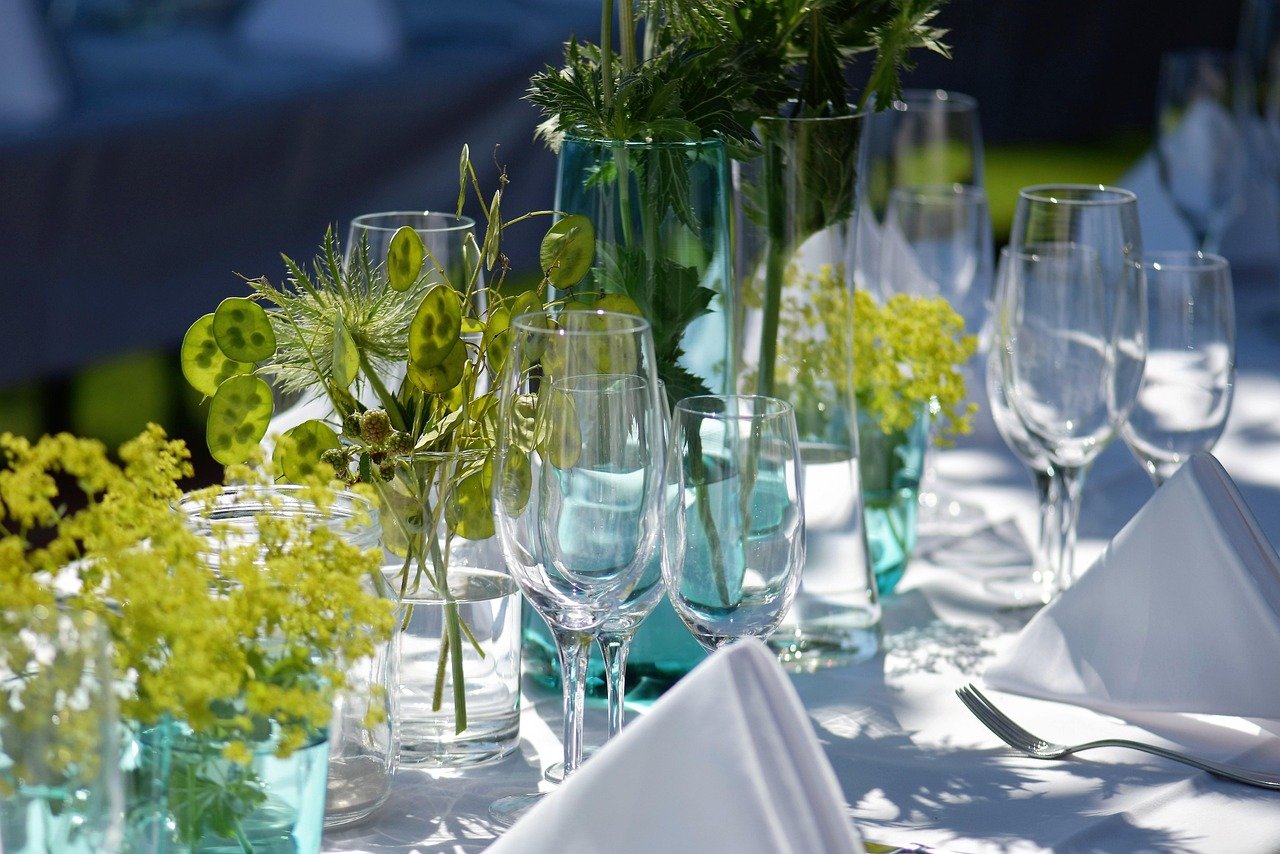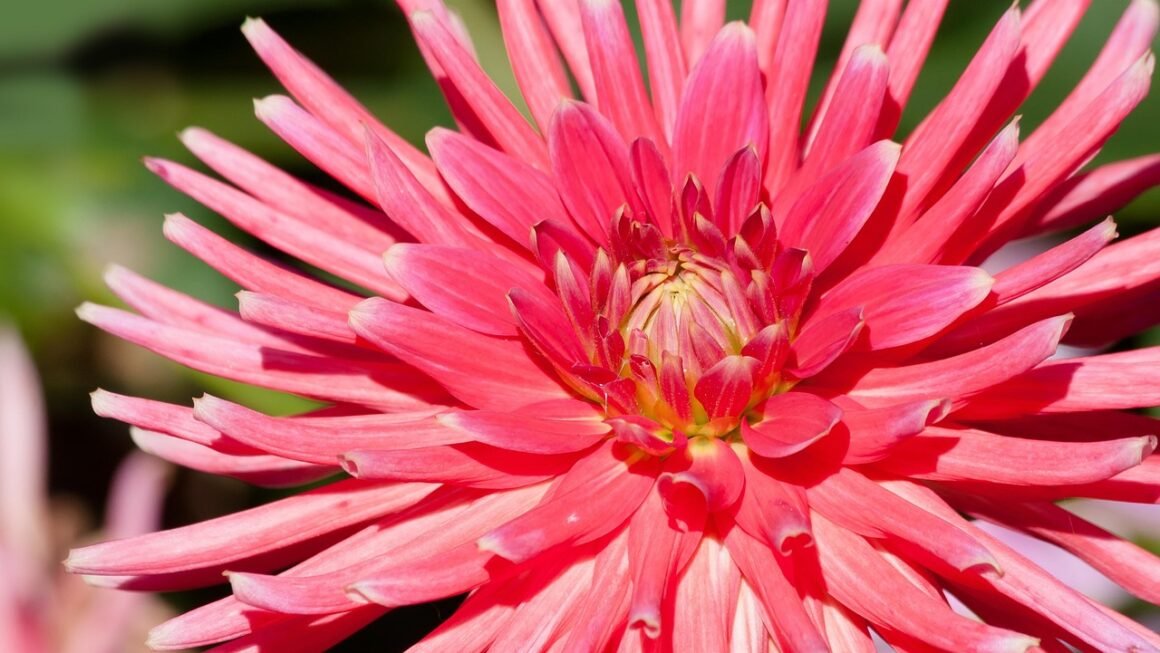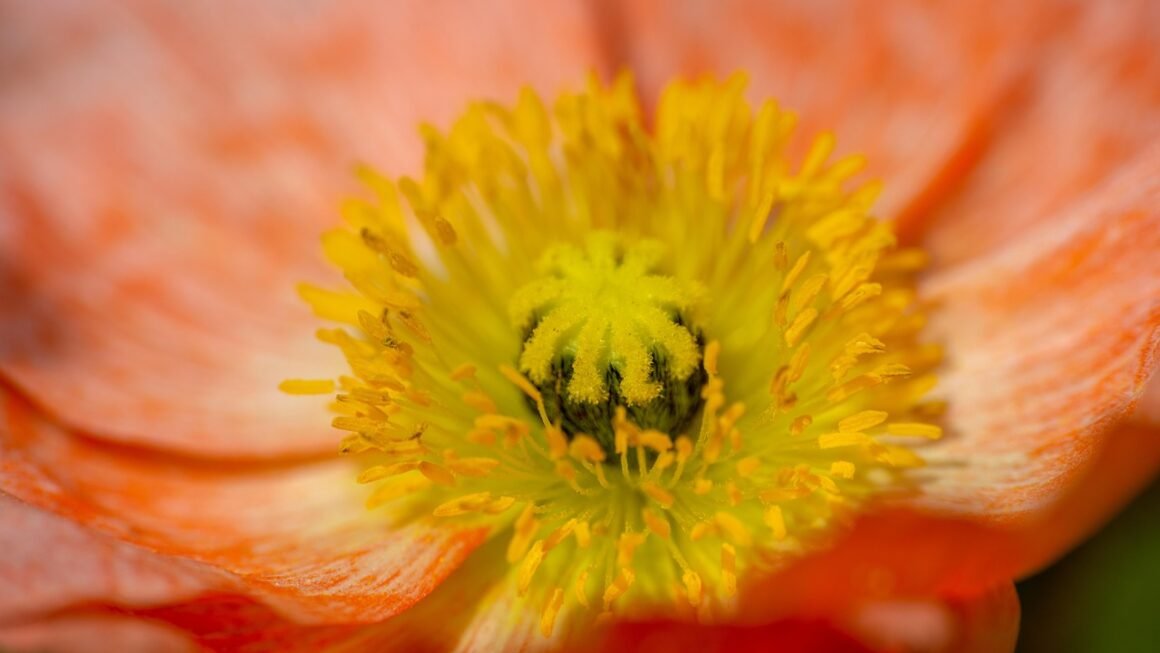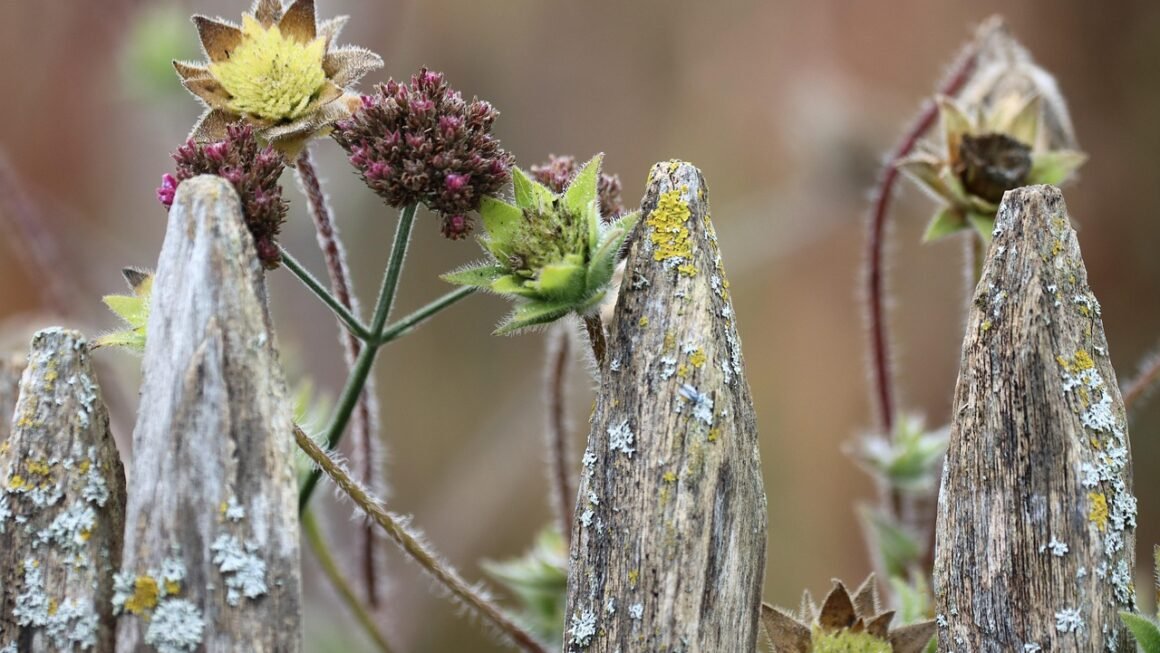Watering your garden should be a relaxing and rewarding experience, not a back-breaking chore. That’s where the often-unsung hero of the gardening world, the watering wand, comes in. More than just an extended nozzle, a quality watering wand is a versatile tool that can significantly improve the health and beauty of your plants, save you water, and protect your delicate blooms. Let’s delve into the world of watering wands and discover why every gardener should have one in their arsenal.
What is a Watering Wand and Why Do You Need One?
Understanding the Basics
A watering wand is essentially an extension of your garden hose, featuring a long handle and a specialized nozzle designed to deliver water gently and precisely. Unlike the harsh spray of a standard hose nozzle, watering wands provide a softer, more controlled flow, mimicking rainfall and preventing soil erosion and damage to delicate plants.
Benefits of Using a Watering Wand
Using a watering wand can transform your watering routine and improve your gardening experience in many ways:
- Reach: Easily water hanging baskets, window boxes, and the back rows of your garden without straining or overreaching.
- Gentle Watering: The soft, shower-like spray prevents soil from splashing onto plant leaves, reducing the risk of disease.
- Targeted Watering: Precisely water around the base of plants, minimizing water waste and preventing weeds from thriving in unwanted areas.
- Ergonomics: The long handle reduces the need to bend and crouch, making watering more comfortable, especially for those with back or knee problems.
- Versatility: Many watering wands come with adjustable spray patterns, allowing you to customize the water flow for different plants and needs.
Example: Imagine watering delicate seedlings. A harsh hose spray would likely damage or uproot them, but a watering wand with a gentle “shower” setting provides the perfect amount of moisture without causing harm.
Choosing the Right Watering Wand
Material Matters
The material of your watering wand affects its durability, weight, and overall performance. Common materials include:
- Aluminum: Lightweight and rust-resistant, but can bend or dent under pressure.
- Plastic: Affordable and lightweight, but may not be as durable as metal options. Look for UV-resistant plastic to prevent degradation from sunlight.
- Stainless Steel: The most durable option, resistant to rust and corrosion, but also the most expensive.
Length and Design
Consider the length of the wand and the design of the handle. A longer wand (30-40 inches) is ideal for reaching hanging baskets and tall plants, while a shorter wand (15-20 inches) is better for smaller gardens and container plants. Look for a comfortable, ergonomic handle that provides a good grip, even when wet.
Spray Patterns and Adjustability
The best watering wands offer a variety of spray patterns to suit different watering needs. Common spray patterns include:
- Shower: A gentle, rainfall-like spray perfect for delicate plants and seedlings.
- Soaker: A concentrated stream for deep watering around the base of plants.
- Mist: A fine mist ideal for humidifying foliage and watering air plants.
- Flat: A wider, fan-shaped spray for covering larger areas quickly.
Adjustable spray patterns allow you to customize the water flow for different plants and situations, making your watering wand a truly versatile tool.
Best Practices for Using Your Watering Wand
Watering Techniques
Water deeply and less frequently to encourage deep root growth. Aim to water the soil around the base of the plant, rather than the foliage, to prevent fungal diseases.
- Early Morning Watering: Water in the early morning to allow foliage to dry before nightfall, reducing the risk of disease.
- Slow and Steady: Water slowly and steadily to allow the water to soak into the soil, rather than running off.
- Check Soil Moisture: Before watering, check the soil moisture level to ensure your plants actually need water.
Maintenance and Storage
Proper maintenance will extend the life of your watering wand. After each use, rinse the wand with clean water to remove any dirt or debris. Store the wand in a dry place to prevent rust and corrosion. Protect from freezing temperatures during winter to prevent damage.
Troubleshooting Common Issues
Here are some common issues and how to fix them:
- Low Water Pressure: Check your water pressure and ensure your hose is not kinked or blocked. You can also clean the spray nozzle to remove any mineral buildup.
- Leaking: Check the connections between the wand, hose, and nozzle. Tighten any loose connections and replace any worn-out washers or O-rings.
- Clogged Nozzle: Soak the nozzle in vinegar to dissolve mineral buildup and use a small brush or needle to clear any blockages.
Advanced Watering Wand Techniques
Using a Watering Wand with a Fertilizer Injector
Combine watering and fertilizing by attaching a fertilizer injector to your hose. This allows you to deliver liquid fertilizer directly to the roots of your plants, promoting healthy growth and vibrant blooms. Be sure to follow the manufacturer’s instructions for the fertilizer injector and use a water-soluble fertilizer.
Watering in Raised Beds and Containers
Watering wands are especially useful for raised beds and containers, where it can be difficult to reach all areas with a standard hose. Use a gentle shower setting to water the soil evenly without disturbing the plants or compacting the soil.
Automating Watering with a Wand
While typically a manual tool, you can sometimes adapt a watering wand to work with certain automated watering systems or timers. This might involve setting up the wand on a stand or fixture to precisely target certain areas. Consult the specific instructions for your watering system before attempting any modifications.
Conclusion
Investing in a quality watering wand can significantly improve your gardening experience and the health of your plants. From reaching hanging baskets to delivering gentle, targeted watering, a watering wand is a versatile tool that every gardener should have in their arsenal. By choosing the right wand for your needs and following best practices for watering and maintenance, you can enjoy a beautiful and thriving garden for years to come. So, ditch the cumbersome hose nozzle and embrace the convenience and precision of a watering wand – your plants will thank you!




